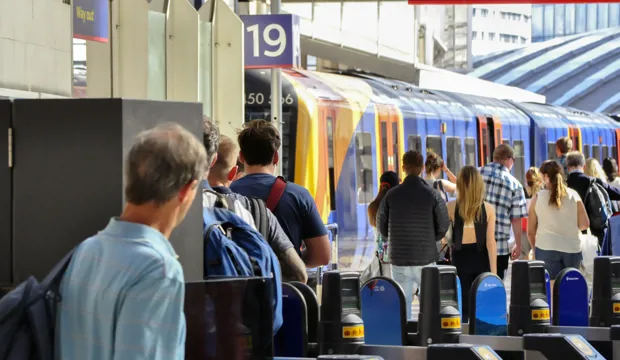
Aerospace engineers
IET Faraday® DIY Challenge Day for Primary
Primary activity for schools. All of the resources here are provided for teachers to run their own Aerospace engineers challenge day with students aged 8-11, at key stage 2, either from their own school or with teams invited from other local schools.
The aim of the IET Faraday® DIY Challenge Day is to enable KS2 students to experience the ways in which engineers work in a range of sectors and to discover more about what knowledge, understanding and skills are required. The IET Faraday® DIY Challenge Day can be used to enhance the current curriculum as it encourages students to use their existing knowledge of electrical circuits, forces, design and construction and will enable them to integrate learning in science, technology and mathematics.
Although the STEM challenge is designed to be delivered across one day it can be split into smaller parts to accommodate the school timetable as required.
The context of the challenge
This IET Faraday® DIY Challenge Day encourages students to consider how engineers work together in the aerospace industry. It is a good teamwork activity for primary aged children and enables students to experience the knowledge, understandings and skills engineers use within their work and the ways in which their strengths can be used to achieve an effective outcome.
Activity info and teachers' notes
This primary activity for schools encourages the children to become engineers for the day. Engineers usually build prototypes to test out their ideas first. The students will need to work as a team to design an aeroplane as part of a larger product design team and then construct a transporter to move it to the next stage of development.
The transporter will need to include at least one electrical component (e.g. motor, bulb, buzzer) but the aeroplane should not include any circuits as this element will be completed at a later stage of the production process.
The prototype aeroplane must be able to fly a good distance and the prototype transporter must be able to carry it at least 3 metres in a straight line towards the next place where it will be fitted out. Students will need to think about safety, ease of use and flexibility of use. They will need to be resourceful, resilient and willing to adapt their ideas. Being an engineer can be challenging as it often entails finding out what does not work before finding out what does!
The students will have access to the Faraday shop and a budget of Faraday money. They will need to plan what resources to buy and manage and record their budget. At times they may need to make decisions about affordability and effective use and should be encouraged to identify alternative, possibly cheaper, approaches to their final designs.
At the end of the challenge day students will be asked to present their prototypes by firstly demonstrating how the aeroplane will be carried by the transporter and then flying their aeroplane as far as possible.
Designed for six teams of six students (36 students in total) aged 8-11 years, the challenge encourages the development of students’ problem solving, team working and communication skills.
This activity day can be tailored to the needs of your school and your students by adapting the PowerPoint presentation and the editable student booklet.
What's included?
The complete set of downloadable materials includes:
- Teachers' pack
A list of the practical materials needed, presenters’ notes highlighting key areas and reinforcing key themes throughout the day, some handy hints on how to deliver the day, plus printable Faradays currency and student certificates. - Student booklet
Available as an editable MSWord document to allow the booklet to be adapted to meets the needs of your students and your school. - PowerPoint presentation
A step-by-step guide for your students throughout the day, with supporting notes for the delivery of the presentation.
Download the free activity resources sheet below!
All online resources are free to download, and the student booklet and PowerPoint presentation are fully editable, so you can tailor them to your students' and your schools' needs. Please do share your highlights with us @IETeducation!
Good luck engineers!
Available Downloads

Teachers' pack
A guide for teachers on how to run the challenge day

Aerospace engineers planning sheet
A useful worksheet for students to plan their prototype

Presentation
PowerPoint to play during the day outlining how to run the activity including presenter notes

Student booklet
To print and give to each team. Includes all the information needed to complete the challenge

Teachers' extras
Includes certificates, shop keepers balance sheet, team registration forms and currency

Handout
Student roles and responsibilities


